THE NEW ANATOMIC SYSTEM
Clinically proven to be the most advanced TSA system ever created, built around four core design principles:
Clinically proven to be the most advanced TSA system ever created, built around four core design principles:
Allowing for optimal: range of motion (ROM), kinematics, stability, stress on glenoid, tension on cuff, and subscapularis integrity.
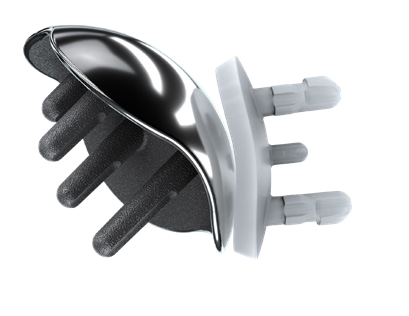
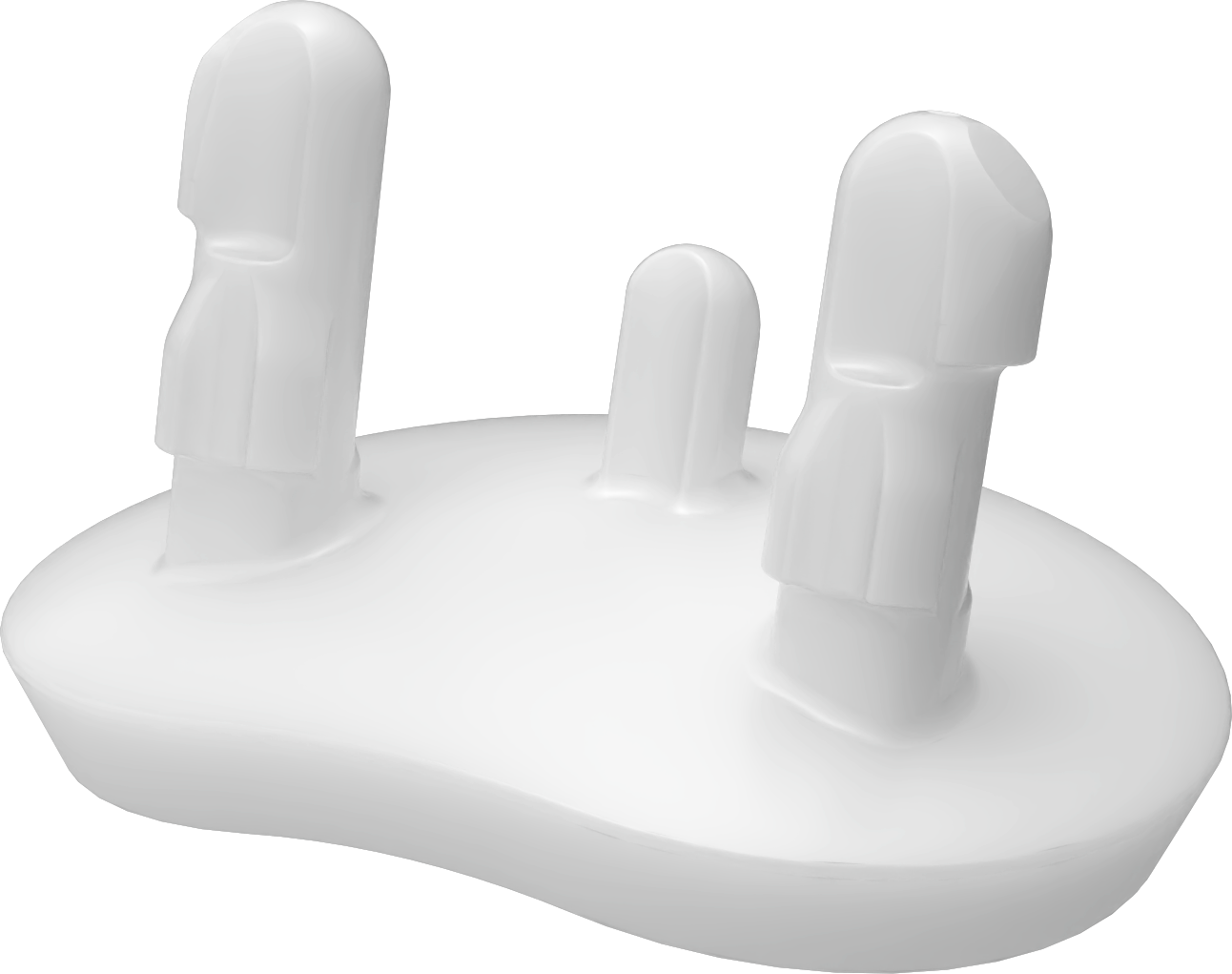
 Standard and full-wedge augment options that can be used for left or right sides utilize the same surgical preparation, thus minimizing intra-op decision-making and reducing inventory on site.
Standard and full-wedge augment options that can be used for left or right sides utilize the same surgical preparation, thus minimizing intra-op decision-making and reducing inventory on site.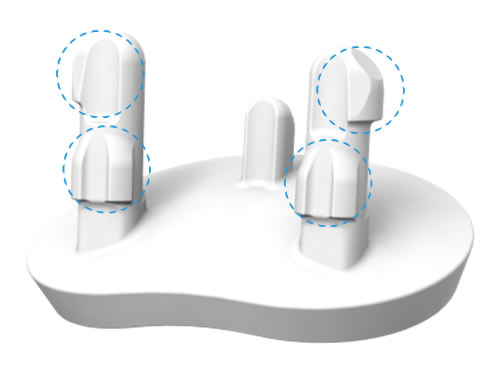 Anchoring elements designed to provide immediate, secure fixation to the glenoid even before the cement has hardened.
Anchoring elements designed to provide immediate, secure fixation to the glenoid even before the cement has hardened.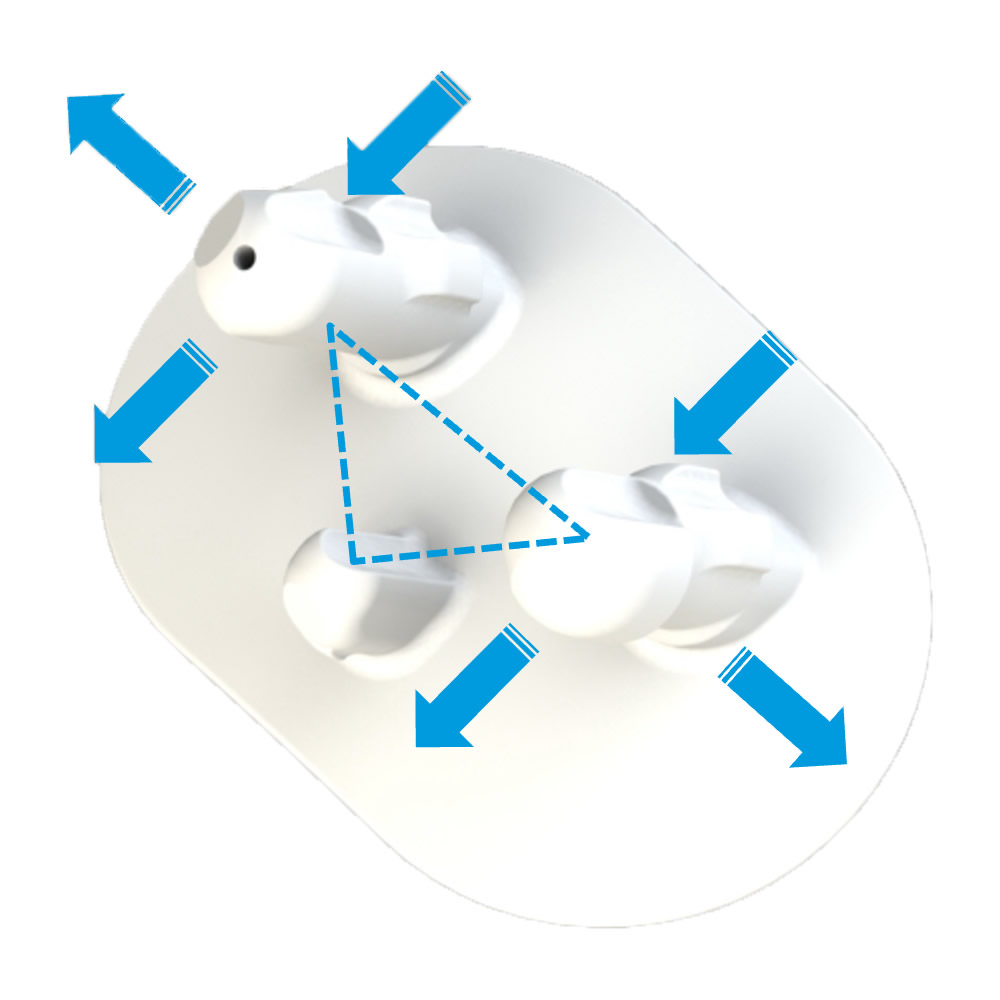 Built-in Multiplanar Compression to add inherent rigidity.
Built-in Multiplanar Compression to add inherent rigidity.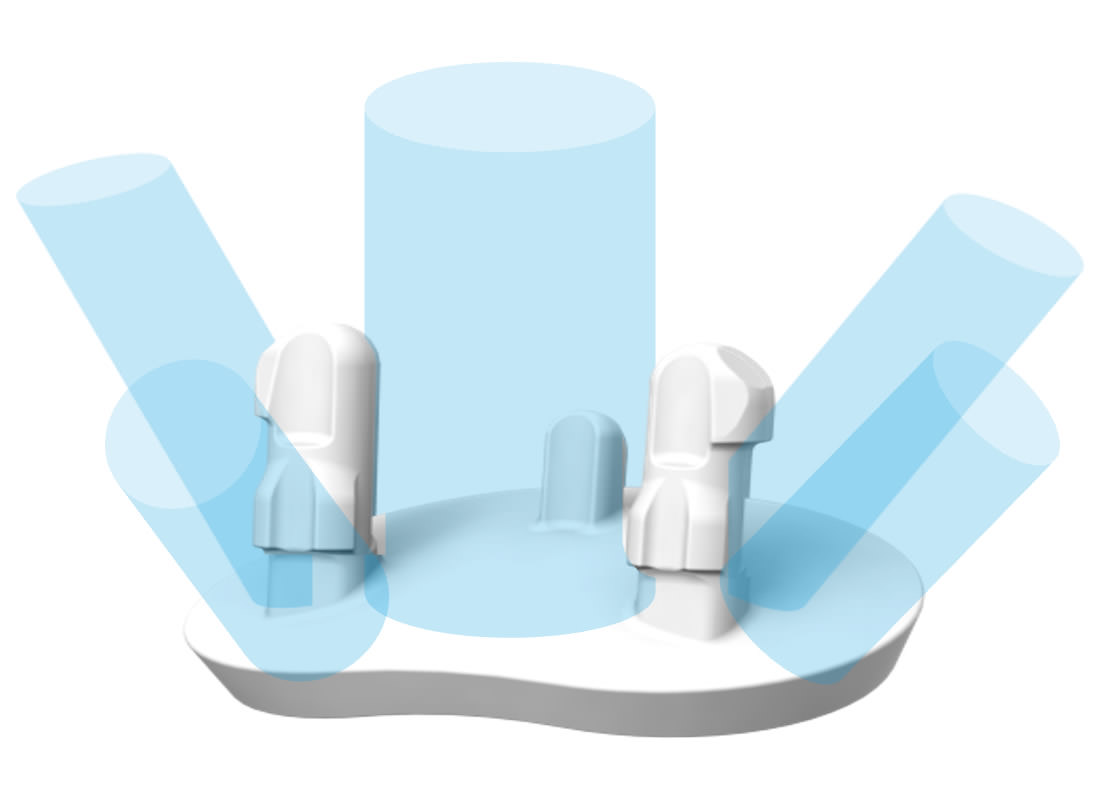 The 3-peg glenoid requires up to 35% less bone removal from native glenoid compared to competitors.9 This preserves the critical bone required in virtually all reverse baseplate anchoring systems.
The 3-peg glenoid requires up to 35% less bone removal from native glenoid compared to competitors.9 This preserves the critical bone required in virtually all reverse baseplate anchoring systems. The rocking horse phenomenon is believed to be the main cause of glenoid component loosening. The Catalyst design, with a tapered bearing rim, distributes forces from humerus directly into bone mitigating this phenomenon.5
The rocking horse phenomenon is believed to be the main cause of glenoid component loosening. The Catalyst design, with a tapered bearing rim, distributes forces from humerus directly into bone mitigating this phenomenon.5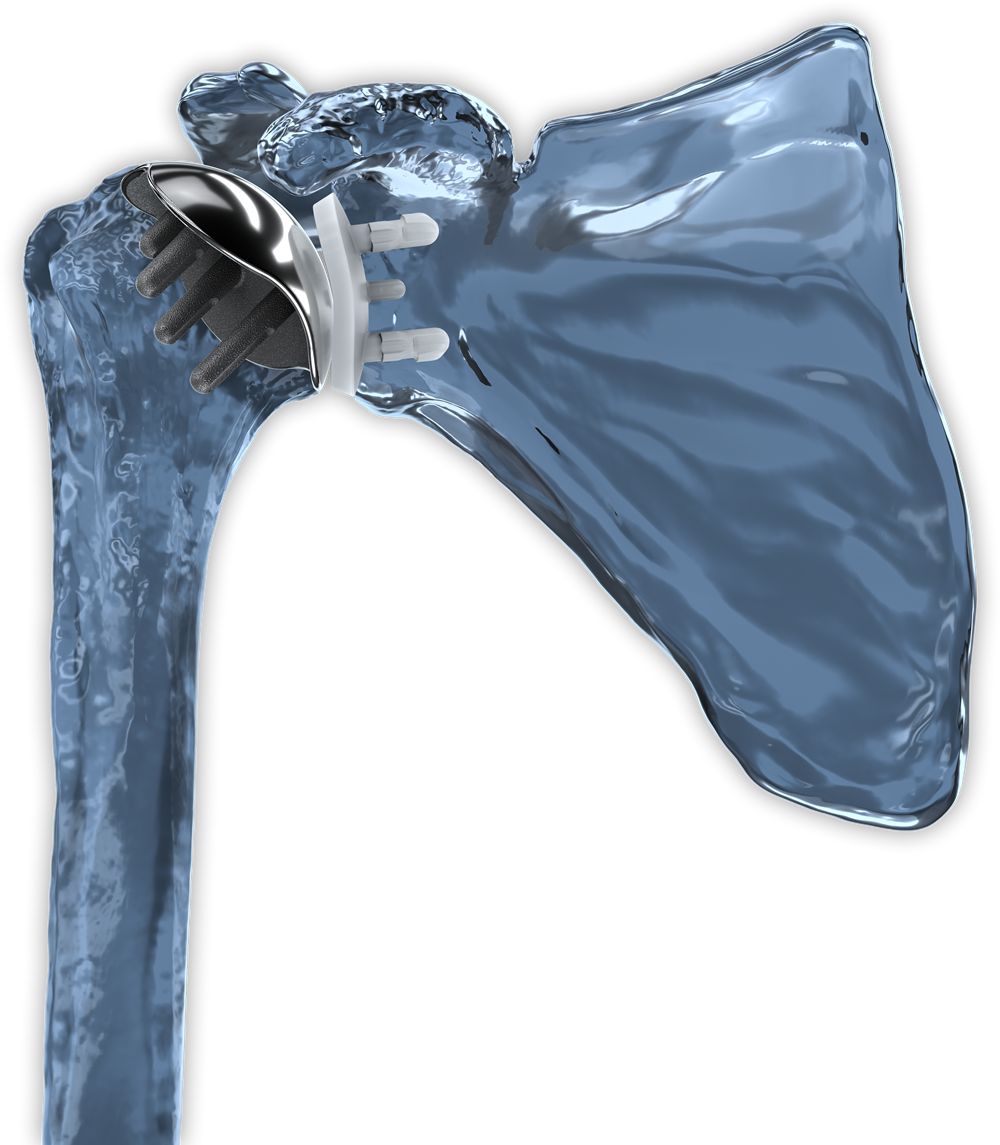

Clinically meaningful improvement in ROM at just 6 weeks post-op versus a traditional TSA solution 1
True restoration of the native joint kinematics and force vectors 11,12
Patented multiplanar osteotomy preserves up to 50% more of the patients’ healthy bone compared to other stemless designs. 8
Anatomically positioned humeral heads are 6.6x less likely to require removal due to loosening. 13
Decreased rates of rotator cuff failure with more anatomically positioned heads 14
Innovative subscapularis sparing approach to total shoulder arthroplasty 15
The Catalyst CSR is a single-tray arthroplasty system offering:
Experience streamlined surgery and hospital efficiency with Catalyst’s innovative instrumentation.
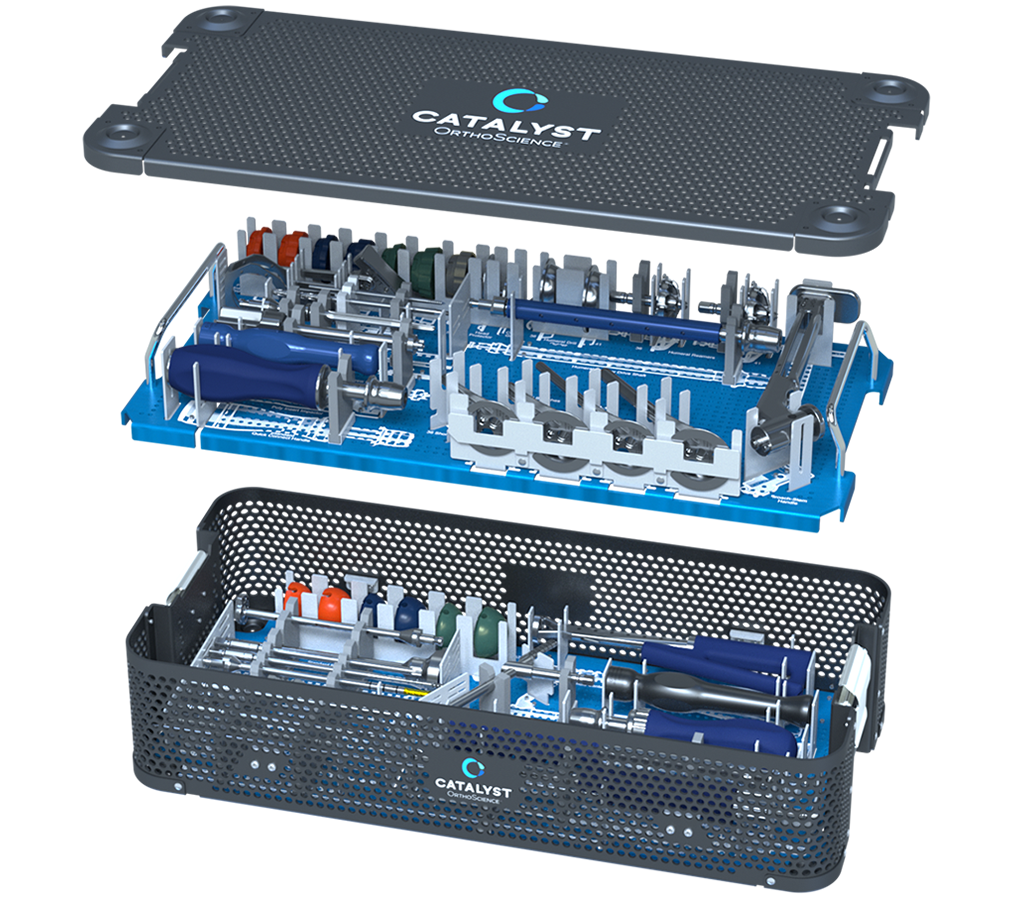
Reference:
1000-0011-A